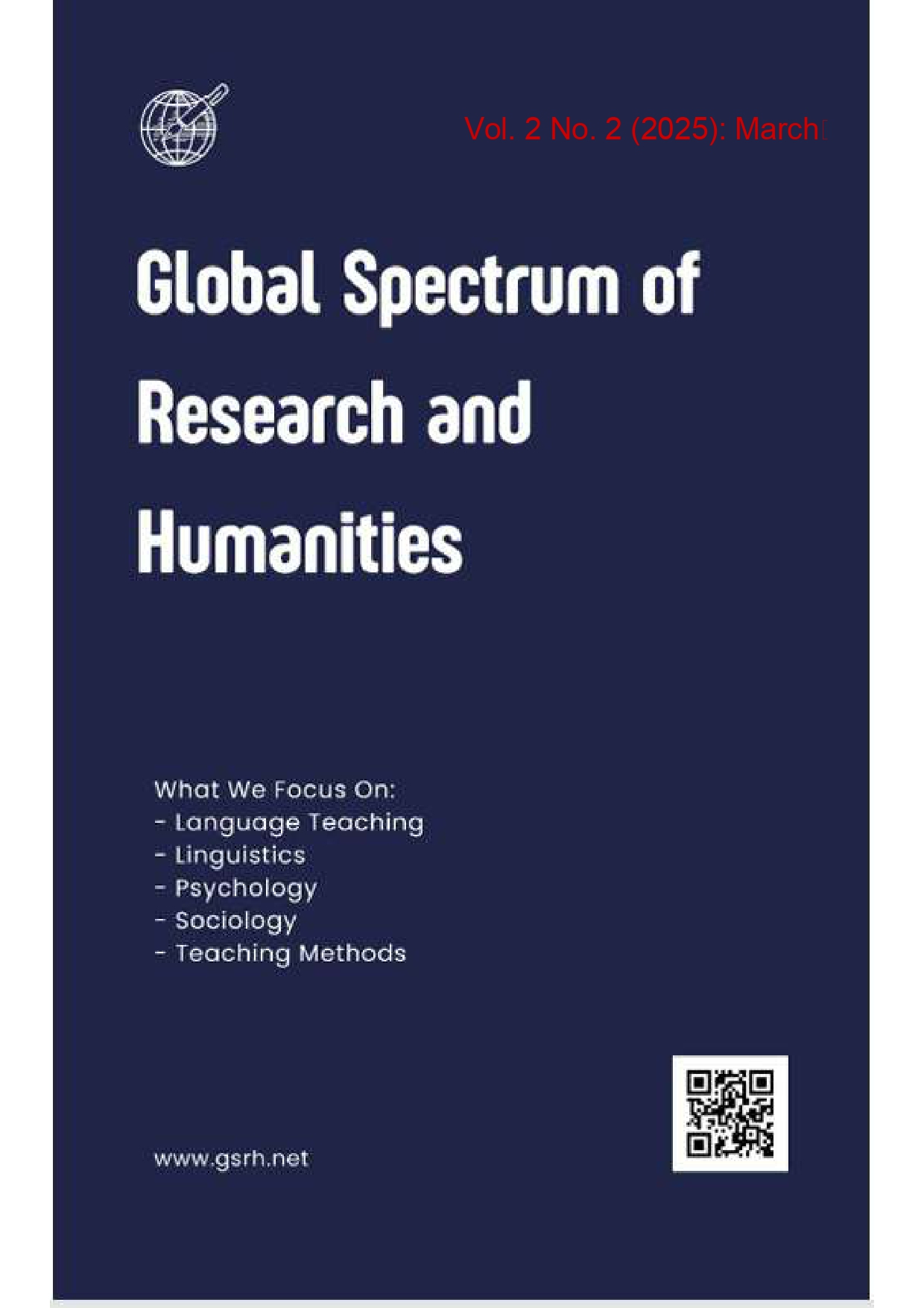The Afghan Crisis and Afghan Refugees, Challenges and Solutions from the Perspective of International Law
DOI:
https://doi.org/10.69760/gsrh.010120250012Keywords:
Afghanistan, refugees, Taliban, America, International LawAbstract
Based on the Doha Agreement signed on February 29, 2020 between the Taliban and the United States of America, the two parties committed to stopping attacks on each other. The United States committed to withdrawing all its military and civilian forces and those of its allies from Afghanistan within 14 months. The Taliban also pledged to cut off cooperation with terrorist groups, including al-Qaeda, and pledged to reduce the intensity of its attacks and to advance peace talks with the Afghan government.
While this agreement was expected to end nearly two decades of military conflict in Afghanistan. However, the Taliban’s increased attacks on military and civilian targets have continued to the point where Afghan cities have fallen one after another; The then Afghan president fled to Abu Dhabi, and Kabul fell to the Taliban within hours. Meanwhile, despite assurances issued by the Taliban, many Afghans were trying to leave the country.
This has caused the world to once again face an international refugee crisis, raising the question of how international law can manage such a situation; what are the commitments of member states of the international community, and what are the potential gaps and challenges.
References
Afghan Relocations and Assistance Policy: further information on eligibility criteria and offer details (updated 4 June 2021), available at: https://www.gov.uk/government/publications/afghan-relocations-and- assistance-policy/afghan-relocations-and-assistance-policy-information-and- guidance, [accessed 21 August 2021].
Fitzpatrick Hartman, Joan, (1986), “The Principle and Practice of Temporary Refuge: A Customary Norm Protecting Civilians Fleeing Internal Armed Conflict”, the New Asylum Seekers: Refugee Law in the 1980’s, Martinus Nijhoff Publications.
https://www.khaama.com/persian/archives/69871.
international-protection-mass-influx.html[accessed 20 August 2021]; UNHCR, Global Consultations on International Protection/Third Track: Protection of Refugees in Mass Influx Situations: Overall Protection Framework, 19 February 2001, EC/GC/01/4, available at : https://www.refworld.org/docid/3bfa83504.html [accessed 20 August 2021].
ISNA News, (2021) US sends Afghan asylum seekers to Uganda, News Code, -1 -2021August 30, Viewed on 2021 August 27, 1400052719226
Kihanlu, Fatima, (2003) Investigating the Possibility of Applying the Principle of Prohibition of Repatriation in Facing the Widespread Movement of War Refugees, Publisher. Journal of Legal Research, No.4. 133 to 1533-
Protection of Asylum-Seekers in Situations of Large-Scale Influx, No. 22 (XXXII) 1981, available at: https://www.unhcr.org/excom/exconc/3ae68c6e10/protection-asylum-seekers- situations-large-scale-influx.html[accessed 20 August 2021]; UNHCR, The scope of international protection in mass influx EC/1995/SCP/CRP.3, 02 June 1995, available at: https://www.unhcr.org/excom/scip/3ae68cc018/scope-
Runde, Daneil, (2021), The Case for Expediting Special Immigrant Visas amid a Transition of Power in Afghanistan, August 16, 2021, available at: https://www.csis.org/analysis/case-expediting-special-immigrant-visas-amid- transition-power-afghanistan, [accessed 21 August 2021].
UNHCR, Guidelines on International Protection No. 11 : Prima Facie Recognition of Refugee Status, 24 June 2015, HCR/GIP/15/11, available at: https://www.refworld.org/docid/555c335a4.html [accessed 20 August 2021].
UNHCR, Guidelines on Temporary Protection or Stay Arrangements, February 2014, available at: https://www.refworld.org/docid/52fba2404.html [accessed 20 August 2021].
UNHCR, Handbook on Procedures and Criteria for Determining Refugee Status under the 1951 Convention and the 1967 Protocol relating to the Status of Refugees.
Downloads
Published
Issue
Section
License
Copyright (c) 2025 Global Spectrum of Research and Humanities

This work is licensed under a Creative Commons Attribution-NonCommercial-NoDerivatives 4.0 International License.




